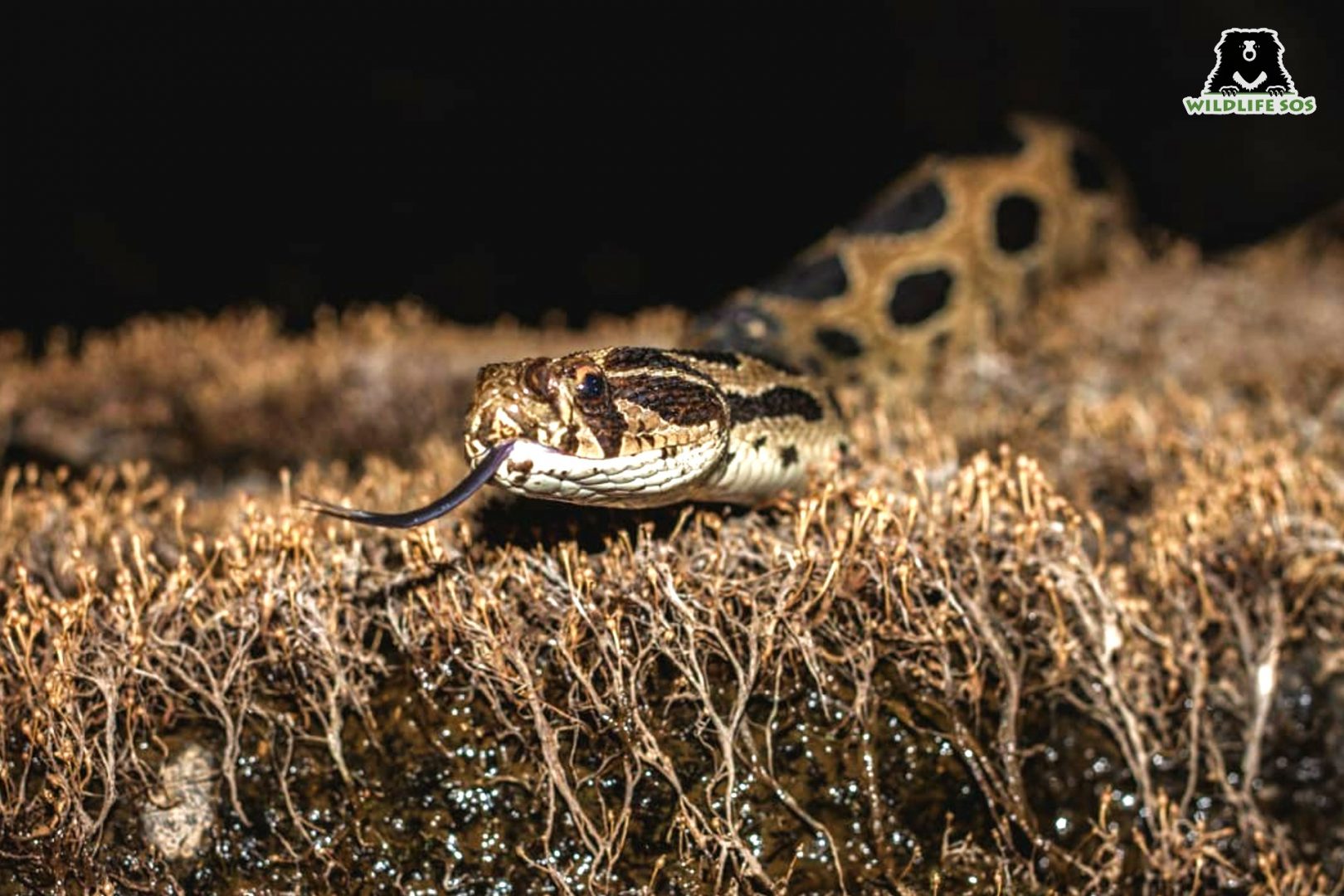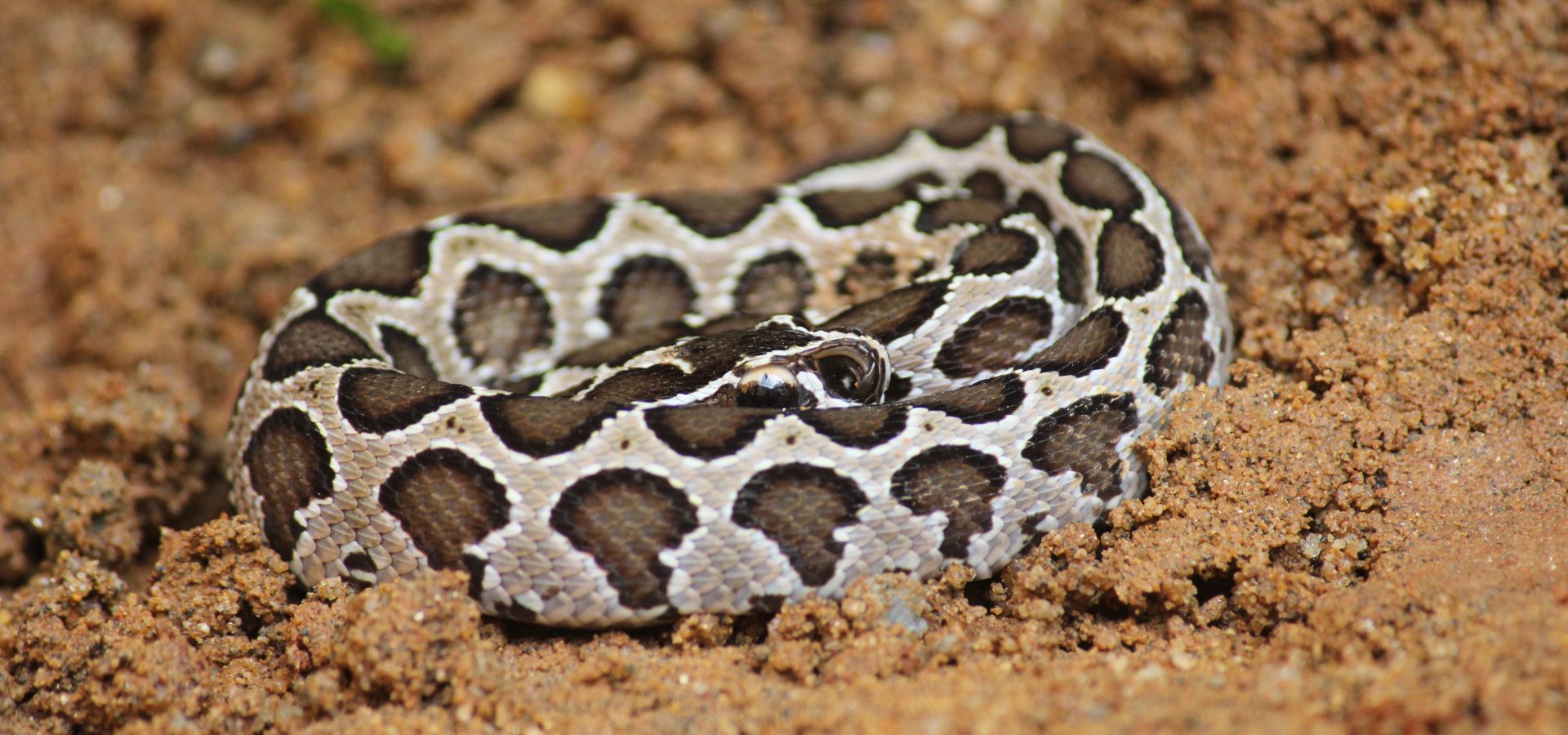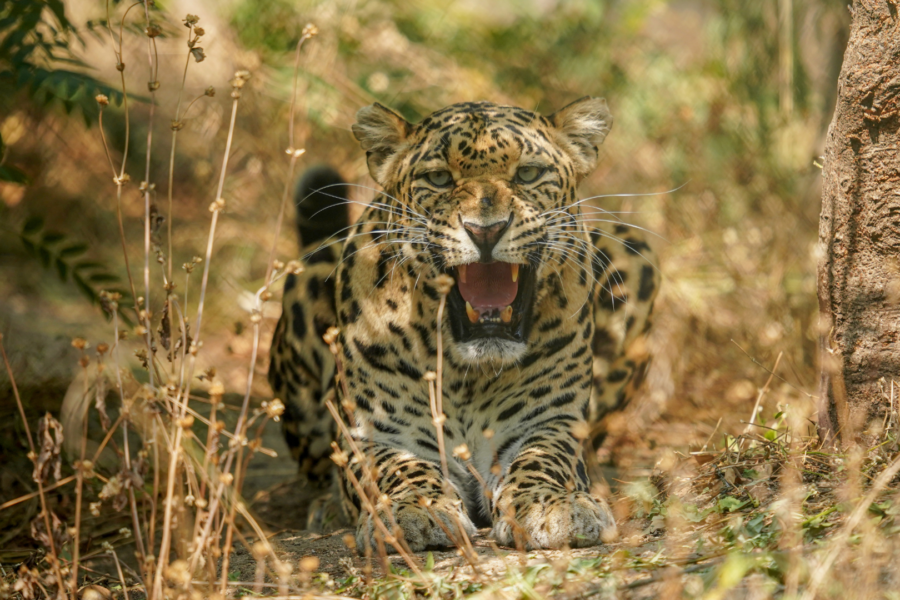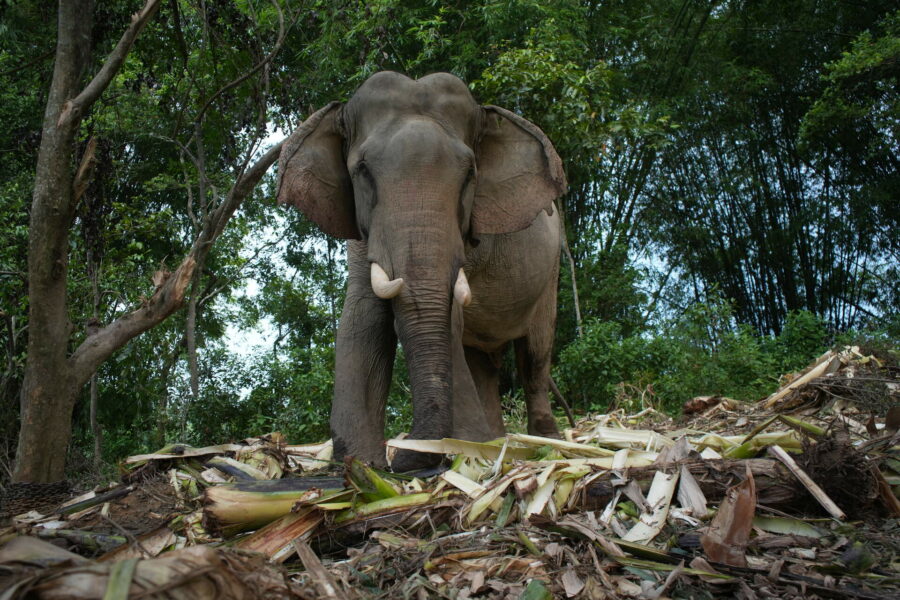Serpentining through the forests, hissing with their forked tongues out, waiting to cast a deadly bite — snakes indeed have a haunting reputation. Some snakes produce venom to kill or paralyse their prey, defend themselves against predators, and even to digest food. With over 270 species inhabiting India, nearly 60 of them are venomous. Amongst these exist the infamous ‘Big Four’ — Indian Spectacled cobra, Indian Common krait, Indian Russell’s viper, and Indian Saw-scaled viper.
These snakes are doomed to receive negative reviews as their fatal encounters with humans continue to rise. Reports estimate that an average of 46,000 deaths occur in India annually due to snake bites, of which the ‘Big Four’ account for the most attacks. Bites caused by these species are known to require urgent medical attention. And so, these snakes have become extensively studied subjects by the medical research community.
This World Snake Day, let’s discuss the ‘Big Four’ venomous snakes of India.
Indian Spectacled Cobra
Due to a distinctive mark on the hood, the Indian Cobra is also known as the Spectacled cobra (Naja naja). It belongs to the family Elapidae. With the ability to grow up to 1.5 metres in length, the species exhibits a variety of body colouration. The snake displays its characteristic hood when threatened or provoked, while also producing a hiss sound. It has two hollow, short fangs fixed in the upper jaw, which release venom into the prey. Owing to its tremendous sense of smell and sight, it easily catches hold of its prey. This species is oviparous, meaning, the female lays eggs — a clutch of about 10 to 40 of them.
Spread across the Indian subcontinent, the Indian Cobra can be found in a variety of habitats, except high altitudes ranging over 2,000 metres. The snake frequently ventures into plantation fields and urban areas to seek prey and shelter. It prefers residing in holes, hollows, and mounds where an abundance of rats can be found. The Indian Cobra is widely known to be abused and exploited by snake charmers.
Indian Common Krait
Also called the Blue krait, the Indian Common krait (Bungarus caeruleus) is the next on the list of the ‘Big Four’. The snake generally has a dark blue or black coloured body, usually growing to about 1 metre in length. It can be identified with its light coloured cross-bands that run throughout the backbone. The species also has a flat and blunt head, and a short, rounded tail. Its body is triangular in cross-section, which helps it to slither through marshes and wetlands. Female krait lays nearly a dozen eggs in holes or mounds and guards them to avoid predation.
The Indian Krait is a nocturnal species, which is why most instances of their bites occur at night. Their bites are reportedly painless, often occurring by accident in nature. The venom it releases, however, is neurotoxic— and unless it is treated by an antivenom, its impact on the nervous system can prove to be fatal. These snakes are distributed all across the Indian subcontinent, and can be spotted in human-dominated landscapes looking for rodents, reptiles, frogs, and invertebrates.
Indian Russell’s Viper
The next on India’s ‘Big Four’ is the Indian Russell’s viper (Daboia russelii), also known as the Chain viper. It was named after Patrick Russell, who played a crucial role in identifying snakes in India. Fascinatingly, the word Daboia in Hindi means “the lurker”. Generally with yellowish-brown body colour and dark blotches, the snakes do have pattern variations. Growing up to 1.6 metres in length, it has a large triangular head. The snake is primarily nocturnal and terrestrial (land-dwelling) and prefers feeding on rodents, small reptiles, and even smaller invertebrates. It is ovoviviparous, meaning the female gives birth to about 20 to 40 offspring.

It is found across the Indian subcontinent except parts of the north-eastern states and inhabits forested as well as agriculture areas. An ambush predator, it can lie absolutely still until the need to strike the prey. The Indian Russell’s viper produces a loud hissing sound when threatened or agitated. It expels venom comprising a cocktail of toxins through its needle-like fangs. The snake’s venom can cause necrosis, which is, the death cells in tissues and organs, and make the victim bleed profusely.
Indian Saw-scaled Viper
Carter viper or the Indian Saw-scaled viper (Echis carinatus carinatus) is one of the ‘Big Four’. It is so named due to the strongly keeled scales on its sides. When threatened, the snake moulds into a tight ‘S’ shape, which causes its scales to rub together and produce a sound resembling a working saw machine. Much smaller than the other three, it grows only to a length of 0.6 metres. Its body colour varies from grey or brown to olive, with dark patterns running throughout. The snake sets out to hunt prey like lizards, frogs, rodents, and invertebrates. An ovoviviparous species like the Russell’s viper, the female gives birth to about 3 to 15 live offspring.
The viper species is distributed throughout the Indian subcontinent except the north-eastern states and Himalayan foothills. It inhabits diverse habitats, but generally prefers hiding under rocks or in holes. Due to cryptic colouration and inconspicuous lifestyle, these snakes are considered dangerous. The venom released by the viper is both haemotoxic — which means that the toxins impede the process of blood clotting, and cytotoxic — its toxins damage body cells and tissues.
Prevention > Treatment
Snakebite is a proven health hazard, and is prevalent especially among those living in rural regions. Despite extensive research revolving around snake venom that has led to the availability of anti-venom for the ‘Big Four’, prevention is more effective than treatment. Education and awareness are the ultimate form of snakebite prevention strategies. It is important to identify the snake species correctly— to know if they are venomous or non-venomous. Individuals have now come up with innovative initiatives to assist people in recognizing the snake. The Indian Snakebite Initiative has developed a mobile application which helps in snake identification, connects one to the nearest snake rescuer, and helps to locate the nearest hospital where snakebite can be treated.
Dispelling the myths and misconceptions about snakes should be the first step to prevent snake bites. Wildlife SOS conducts workshops and awareness programmes about venomous snakes and snake bites to educate people on first-aid treatment . Our Rapid Response Unit operating out of Delhi-NCR (+91-9871963535), Mathura and Agra (+91-9917109666), Vadodara (+91-9825011117), and Jammu and Kashmir (+ 91-7006692300) are also actively involved in safely extricating snakes from homes, gardens, and illegal trade as well.





